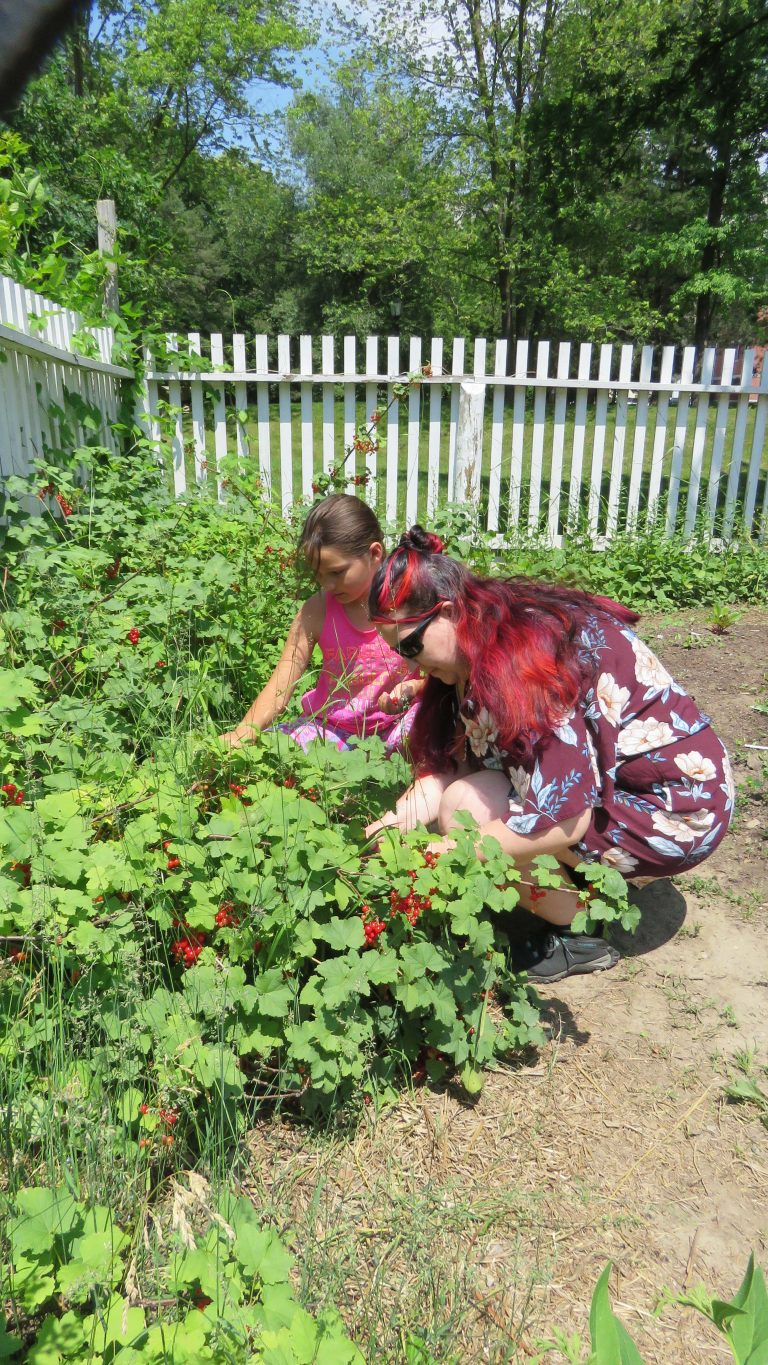In Schneider Haus, Indigenous community members are connecting to the land, their ancestors and values through gardening.
The Tionnhéhkwen (Sustenance) Garden gives provides an opportunity to practice Indigenous culture, produce accessible food and better wellbeing of the mind, body and soul.
This garden is overseen by Olivia Maine, a member of O:se Kenhionhata:tie, or the Land Back Camp. The plants and seeds were contributed by the larger Waterloo Region community
“[The garden provides] sustainable food. We donate to the community fridges so then there’s healthy nutritious food for people who can’t afford it… none of our produce will cost anything to access,” Maine said.
“We don’t use pesticides, the food grows in harmony with each other, because each plant will also benefit the plant that is next to it,” she said.
Along with more typical plants like tomatoes, peppers, some herbs and eggplants, a large section of the garden is dedicated to the three sisters.
“We have the three sisters garden which is a traditional way of planting, it is a corn, beans, and squash. It allows us to take tradition and move it into the present and the future,” Maine said.
The medicinal herbs, flowers and food plants are set out in circles and squares. Tall corn provides something on which the beans can climb. Climbing beans feed the corn and squash. The squash rambles along the ground, shading the earth with their huge leaves, conserving the water in the soil.
Some plants attract pests, some plants nourish the soil, some plant attract pollinator insects.
“We plant things that provide a lot of different food options for people… And we also have some medicine plants which are for community prayer and ceremonies,” Maine said.
Community members follow the cycle of the moon. Amy Smoke, co-founder of the Land Back Camp, highlighted the inter-connected nature of the garden. They said these types of community gardens are important to Indigenous communities.
“A connection to the land is important for health and well-being. Fostering relationships with Mother Earth helps foster relationships with one another,” Smoke said.
“When the people are healthy, the community is healthy,” Maine said.
“Especially for young Indigenous folks, spaces like the Sustenance Garden create opportunities for the creation, expression and maintenance of cultural identity, especially for Two-Spirit, IndigiQueer, LGBTQI+ and non-binary folks. ” Maine said.
“We are taught so much shame around being who we are especially the overlap of Indigenous and Queer, that I want them to just feel completely safe to come to harvest, grow, learn, lay in the grass, be a part of community and be something beautiful.”she said.
“[The garden helps] to increase understanding that we’re still here, we are not history, we exist, we have a right to be on the land with everyone else and that hopefully it will cultivate some understanding and compassion,” Maine said.
There is an understanding with the garden and its users that the land is borrowed. The garden is a collective, a source of mutual aid.
“We are of the land, we come from land. We have been so displaced from the lands. The garden is the collective mutual aid of our community. We only get one Earth,” Smoke said.
“We are just borrowing this for a very short time. We have to leave it to the next generation. And I should be giving it back better than when I found it”, they said.

